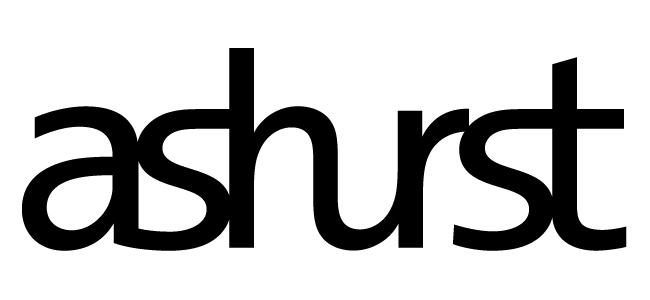17 November, 2016
A long-running industrial dispute in Melbourne has brought international picketing tactics to Australia and highlighted a novel way in which local laws can be used to control union pickets.
In August 2016, former maintenance workers and their unions had been engaged in aggressive picketing at the Carlton & United Breweries (CUB) site for around 3 months. The background to the pickets was a dispute over CUB’s decision to terminate one maintenance company’s contract and to engage a replacement contracting company whose employees, the unions allege, are employed on inferior terms and conditions.
The union’s pickets were directed at the employees of the replacement contractor, and focused on terms and conditions of that contractor’s workforce and its non-employment of the workers whose employment was terminated by the first contractor on redundancy grounds.
The picketing involved the abuse and harassment of the replacement contractor’s workforce, including calling out to them using the words “scab”, “dog” and “rat”. The unions also gave physical form to those criticisms by bringing a giant inflatable rat to the picket line. “Scabby the Rat”, as it is called, features large teeth and a scabby belly.
Inflatable rats are commonly used in the United States by striking or protesting unions, including against non-union contractors, and have achieved some degree of legal protection under US law. They have also been used in industrial disputes in the UK.
Australian courts have held that the use of the word “scab” and similar language in a workplace context is offensive and abusive. The Australian High Court has also upheld the dismissal of an employee who repeatedly held and waved a sign with the words “No principles SCABS No guts” directed at other employees at a protest at the front of a mine site.
At CUB, five of the contractor’s employees responded to the abuse and harassment at the picket line by applying to Australia’s independent industrial tribunal, the Fair Work Commission, for a stop bullying order under Australia’s anti-bullying laws that have been in operation since 2014. Those laws protect workers against workplace bullying, which is defined as repeated, unreasonable behaviour that creates a risk to health and safety.
The Commission decided to make interim orders against two unions (applicable to all of their officers, employees and members), and seven named union representatives. The Commission was satisfied the conduct at the picket line may constitute workplace bullying, and the making of orders would de-escalate further inappropriate conduct and minimise the risk to the health and safety of the employees being targeted by the picketing.
The orders stopped the unions photographing the contractor’s employees, abusing or harassing them, calling out to them using offensive or insulting names (including “scab”), accosting or obstructing them, holding up any sign containing offensive or insulting language (including “scab”), and approaching them or any vehicle they were driving or in which they were a passenger.
The Commission decided to restrict the publication of the names of the five applicants, and extended the orders to all of the contractor’s employees so as to preserve the confidentiality of the applicants. Some of the applicants have since become directly employed by CUB, so the Commission subsequently made an amended order which protects all “CUB Workers” who are either current employees of the replacement contractor or former employees of the replacement contractor and now employed directly by CUB.
The making of the stop bullying orders coincided with the emergence of the inflatable. While the orders did not stop its use on this occasion, the anti-bullying laws could potentially be used in the future to deflate “Scabby the Rat”.
The use of the stop bullying laws to control a union picket is significant for two reasons:
- It was a novel use of those laws. While the laws have previously been used against unions and union officials, this is the first time they have been used in an industrial dispute. This represents a potential new field of operation for the anti-bullying laws, which could prove useful to employers concerned for the safety of employees, and where police are often considered to be ineffective in dealing with pickets; and
- The traditional response to pickets has been to seek remedies such as injunctions in the courts. The legal process involved can be time consuming and costly, and can be thwarted by an inability to identify individual defendants and a union’s ability to call in a “rent a crowd” of protesters. In contrast, the Commission was willing in its recent decision to make an order of broad application, protecting the whole of the relevant workforce at the site.
For further information, please contact:
David Lloyd, Ashurst
david.lloyd@ashurst.com





